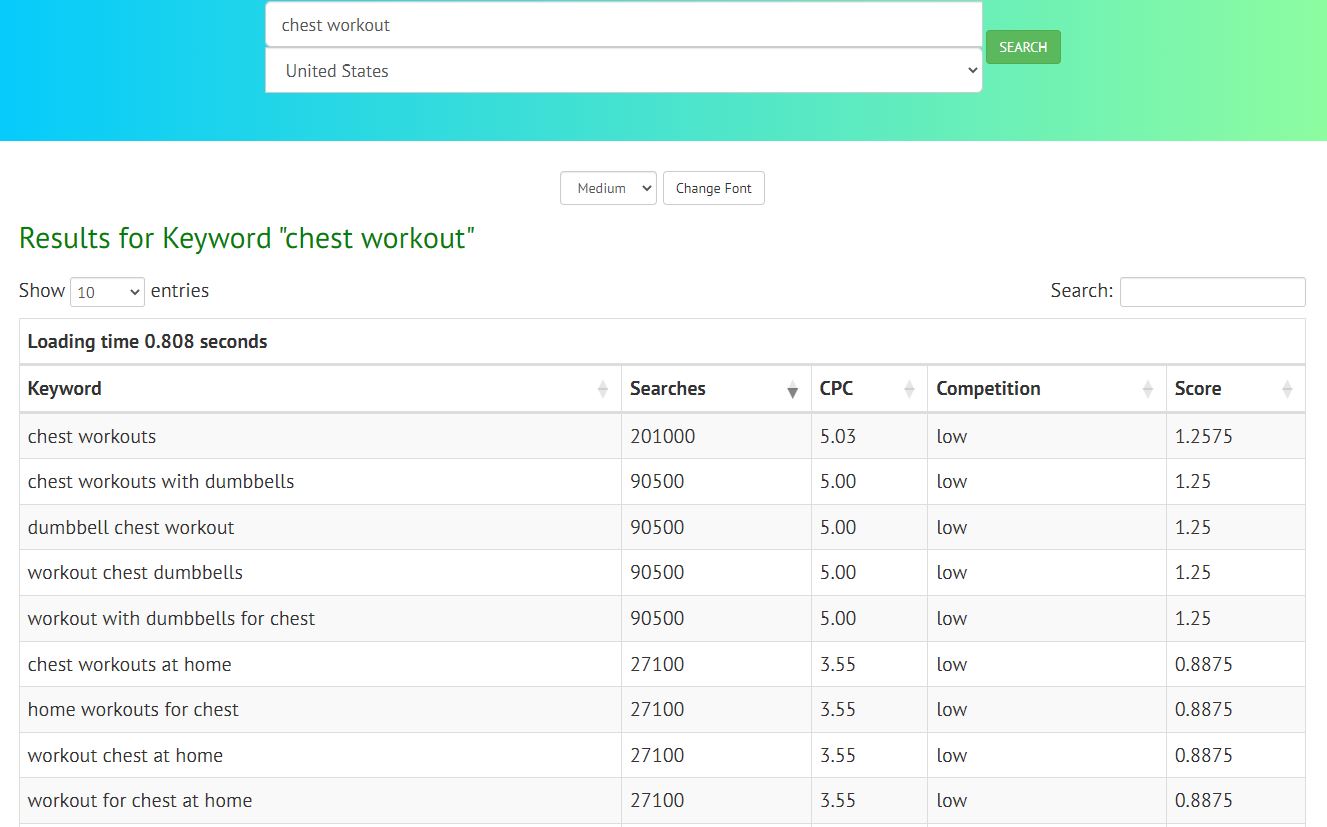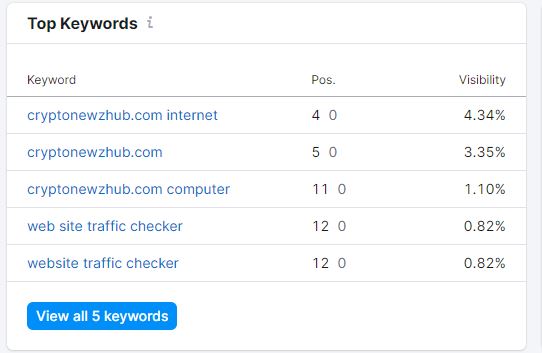
As video content continues to dominate the online space, it has become increasingly important to optimize your videos for search engine visibility.
One of the most crucial steps in doing so is conducting effective keyword research for your videos. By strategically targeting relevant keywords, you can potentially drive more traffic and gain visibility in search results.
Why is Keyword Research Important for Your Videos?
Just like written content, videos require an understanding of what words and phrases potential viewers are using to search for content online.
By conducting thorough keyword research, you can identify the specific keywords that your target audience is using, allowing you to optimize your videos accordingly.
Incorporating these keywords into your video titles, descriptions, tags, and even transcripts can significantly impact your video's discoverability and search engine rankings.
Tips for Effective Keyword Research
1. Know Your Target Audience:
Understanding your target audience's preferences and search habits is crucial for successful keyword research. Put yourself in their shoes and think about what they would type into a search engine when looking for the videos you create. Research popular industry-specific terms, phrases, and topics to get a clearer picture of your audience's search intent.
2. Use Keyword Research Tools:
Utilize keyword research tools like Google Keyword Planner, SEMrush, or Lookkle to uncover potential keywords for your videos. These tools provide valuable insights such as search volume, competition level, and related keyword suggestions. Experiment with different variations and long-tail keywords to find the best ones for your video content.
To effectively use a keyword research tool, follow these steps:
- Start with seed keywords: Enter a few general keywords related to your niche or topic. These will act as the starting point for generating more keyword ideas.
- Analyze keyword metrics: Look at metrics like search volume, competition, cost per click (CPC), and keyword difficulty to evaluate the potential of each keyword. Focus on keywords with high search volume and low competition.
- Refine your keyword list: Filter and refine the generated keyword list based on relevance, search volume, competition, and other metrics. Remove irrelevant keywords and prioritize those that align with your goals.
- Explore long-tail keywords: Long-tail keywords are more specific phrases that often have lower search volume but higher conversion potential. Look for long-tail variations that are highly relevant to your content or products.
- Analyze competitors: Use the tool to analyze your competitors' keywords and identify opportunities. Look for keywords they rank for that you haven't targeted yet and consider adding them to your list.
- Prioritize keywords: Create a final keyword list by prioritizing keywords based on their relevance, search volume, competition, and potential to drive targeted traffic to your website.
- Monitor and adapt: Keyword research is an ongoing process. Regularly monitor keyword performance, update your list, and adapt your SEO strategy accordingly.
3. Analyze Competitor Keywords:
Explore the video content of your competitors to gain insights into the keywords they are targeting. This can help you discover new keyword opportunities or find areas where you can differentiate your content. While it is essential to analyze your competitors, focus on creating unique and valuable content to stand out in the search results.
4. Long-Tail Keywords:
Long-tail keywords are longer, more specific keyword phrases that typically have lower search volumes but higher conversion rates. Incorporating these keywords into your video titles and descriptions can help you target niche audiences and improve the likelihood of your videos appearing in highly relevant searches.
5. Optimize Video Metadata:
Once you have identified your target keywords, it's time to optimize your video metadata. Start by including relevant keywords in your video title, description, and tags. Craft compelling and informative titles that accurately represent the content of your video. In the description, incorporate keywords while providing a detailed overview of what viewers can expect. Additionally, maximize the use of tags by including both broad and specific keywords to increase your video's chances of appearing in related searches.
6. Create Video Transcripts:
Search engines can't watch videos, but they can crawl through the text. By providing video transcripts, you enhance your video's SEO potential as search engines can index the transcript and understand the video's content better. Additionally, transcription enables accessibility for individuals with hearing impairments and can be utilized as alternative blog content or social media posts.
Conclusion
By implementing these keyword research techniques, you can optimize your video content for search engines, driving more traffic and improving your online visibility.
Remember that creating valuable and engaging content should always be your top priority, but incorporating effective keyword research strategies will undoubtedly amplify your video's reach. So, start your keyword research journey today and unlock the full potential of your video content.
Tips on SEO and Online Business
Next Articles
Previous Articles















